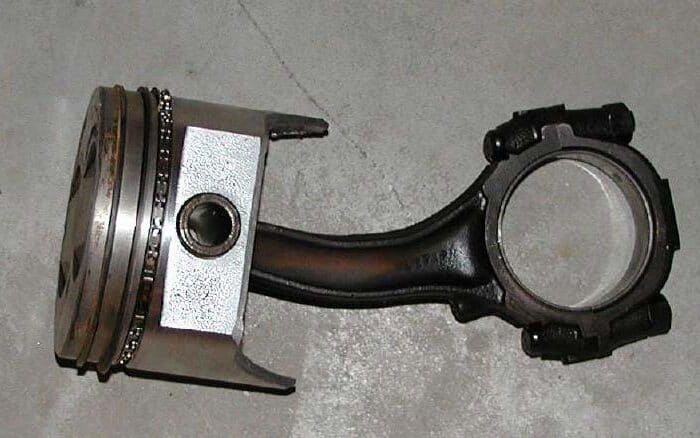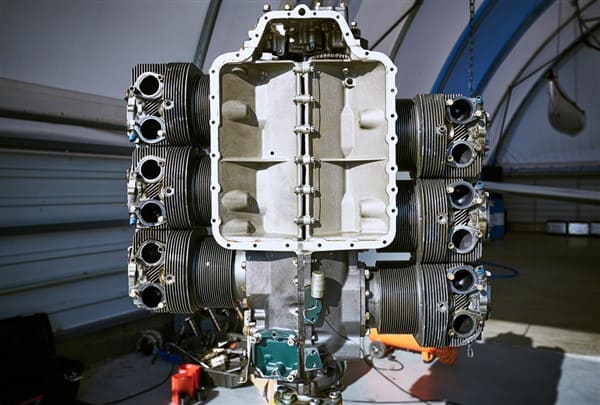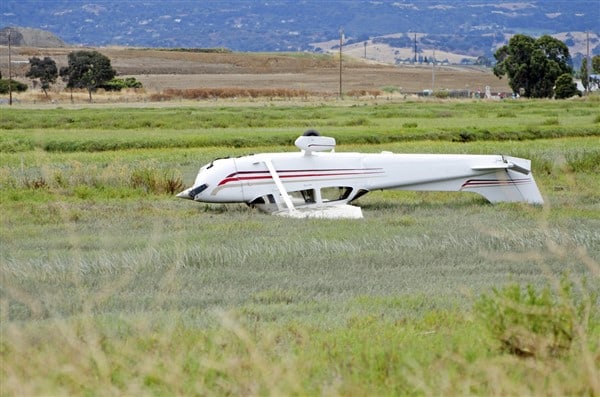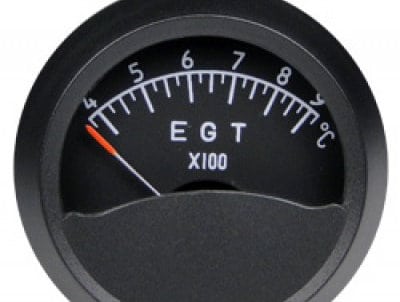Fuel Contamination in Aircraft
Is fuel contamination in aircraft oil a problem?
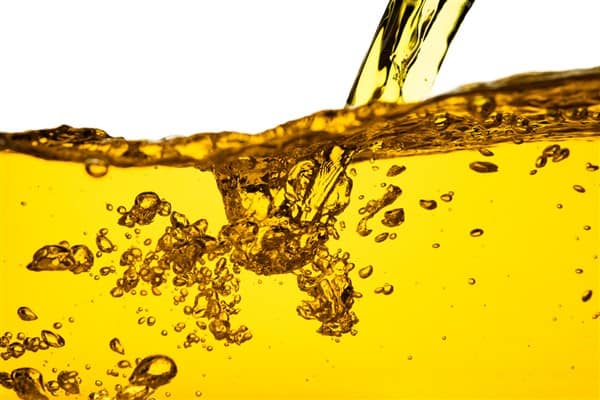
Here in the northern latitudes autumn brings uncertainty about what to expect from the sky and wind each morning. Rain and overcast skies are frequent but counterbalanced by days when clear blue skies are accented with yellow sunlight that reflects the fall leaves and warms the spirit.
Those who fly in the winter months generally count the experience with mixed feelings. Cold toes and fingers are a certainty. So are hard-to-start engines and batteries that lack enthusiasm. But once the engine finally fires and the first BTUs of heat start filtering into the frosty cabin air, the whole experience can bring a smile to the face of the most determined pessimist.
The brakes may be stiff but they still work. Once you get to the run-up area, most of the breath-laden frost has cleared from the windscreen and you can stow the gloves. The sun streaming into the cabin does as much to warm things as the manifold heater. On lift-off, the rewards of winter flying come back to remind you why you do this in the first place. The prop bites the crisp air with authority. The dense air brings lift with a rush. Like the counter guy at the FBO said, “There’s a lot of lift going on out there today!” Indeed!
Understanding the gas
There are several reasons engines are hard to start in the cold. Parts are machined to operate easily in concert when they are at operating temperature. The further you get from that temperature—either hot or cold—the more interference there will be between interfacing parts. Poorer fitting parts increase internal engine friction.
Air-cooled aircraft engines typically run on SAE 50W oil when at operating temperature. Cold, the oil has the properties of molasses. The oil pump resists rotation. The oil resists being pushed around. The oil that starts out in the oil cooler may still be there when you land. If the surface air is cold, you know the air at altitude will be colder. It is not unusual to find the oil temperature at the bottom of the green arc, if it gets into the green at all. Pity the poor battery that has to coax all this reluctance into motion.
Mixture matters
Another reason cold engines are hard to start is the gas/air mixture is incorrect. The fuel system, whether carbureted or injected, is set up to operate at a given mixture for normal temperature operation, usually fifteen or sixteen parts air to one part gas. Cold cylinder walls condense gas from the mixture, causing the gas that’s left to become lean—far too lean to initiate normal combustion. Accordingly, engines of all types have an enrichment device to compensate when cold. For liquid-cooled land-based engines, a choke in the carb throat or an extra injector enriches the intake air. Both types of systems usually shut off automatically as the cylinder walls warm up, which usually doesn’t take long.
Air-cooled aircraft engines, on the other hand, have a primer. Even when carbureted, they won’t use chokes or have the acceleration pumps that are common for car and truck engines. Many aircraft engines that fire readily on zero or minimal prime on a sunny, warm day won’t even consider firing without prime in winter. If one squirt of prime works in July, it may take four to six in January.
If there is moisture in the first gasp of cold air that gets sucked into the cylinders, it can frost the plug electrodes. If this happens, no amount of priming or cranking (or swearing) will make any difference. The engine won’t fire until the frost is melted or otherwise eliminated.
Raw gas that condenses on the cold cylinder walls gets scraped down into the oil by the beveled oil control ring(s). It will mix perfectly with oil, so there is no good way to get it back out again unless you cook it out with heat and agitation (otherwise known as flying). If it is cold enough at the altitudes you fly, the gas from priming may still be in the oil when you land.
Problem or not?
But does gas in the oil really hurt anything? Hardly. It will cause a lower viscosity, but that may be an asset rather than a problem. There were WWII radial engines operating in the frozen north that were designed to inject gas into the oil before shutting down. The gas thinned the oil so that the engine could be cranked over in the morning with less resistance. After the engine got back to operating temperature, the oil returned to being an SAE 50 or 60W once the gas was distilled back out of the oil…sort of an automatic multi-weight oil before multi-weight oils were invented.
To say we find a lot of gas contamination in winter oil samples would be an understatement. We usually mention it because gas in the oil can show a fuel system problem. But that is rare in aircraft engines. We find a lot of moisture in winter oil samples too, and it goes into the same category as the fuel. Unless your aircraft engine is liquid-cooled, we don’t think the moisture is any more a problem than the gas.
When taking your sample, it’s ideal to have the oil warmed to operating temperature first, though if that’s not possible it’s best to just take the sample cold and not start the engine at all. Starting the engine but not flying it can introduce even more gas into the system. We realize an FBO mechanic won’t have the option of taking your airplane for a couple of turns around the pattern, even if he or she was qualified to do so, before draining the oil. Consequently, we turn up volatile gas and often moisture in your winter samples if you are flying in the cold. It only rarely points to a problem.
Related articles
Pre-Ignition and Detonation
What causes corrosion, and how to avoid it
Aircraft Problems: Should I Be Worried?
A look at the various problems we see in aircraft engines
Sudden Landing? Remember TWIT
Improving on "engine out" training
EGT Myths Debunked
Concerned about EGTs? Maybe you don't need to be


